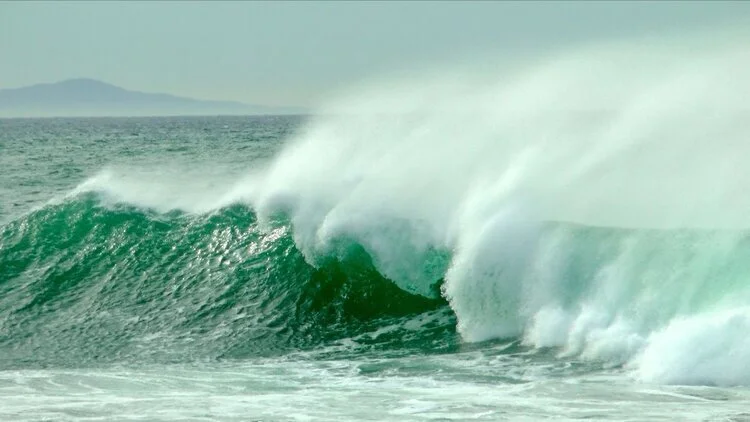Dear Heal the Ocean Community:
Last week HTO shared two E-Letters with our subscribers regarding a recent LA Times article discussing the possibility of COVID-19 in the ocean. The below E-Letter is COVID-19 in the Ocean? Part I.
The public response to our E-Letters was fantastic. However, we do have a correction to make. We previously said in COVID-19 in the Ocean? Part II: “As an atmospheric chemist, Prather’s work is focused on aerosol transport of the COVID-19 virus, people to people, including beach-goers. She was never studying the possibility of the virus getting into the ocean and becoming airborne in wave action for surfers and ocean-swimmers to breathe.” However, after a discussion with Dr. Prather, it is clear now that she does in fact study the potential roles of airborne transport in the outdoor atmosphere, particularly looking at ocean-to-atmosphere transfer of viruses in the coastal zone. Dr. Prather’s current research work looks into determining how much human-made pollution that gets into the ocean gets launched into the atmosphere and the resulting potential health effects.
We apologize for the confusion and we hope this update on Dr. Prather's research subject provides clarity.
-Heal the Ocean
Photo by Heather Hudson
Dear Heal the Ocean Community:
A week ago today (Thursday, April 2, 2020) the Los Angeles Times ran a story, “Coronavirus at beaches? Surfers, swimmers should stay away, scientist says.” Written by a reporter Rosanna Xia, the article described the work of celebrated Scripps Institution scientist Kim Prather finding that the COVID-19 virus can make its way to the ocean through wastewater and/or land-based runoff, then becoming churned by an ocean wave into a “giant sneeze” that surfers and ocean swimmers could inhale.
The story begins dramatically, with the scenario that Dr. Prather “…wants to yell out her window at every surfer, runner, and biker she spots along the San Diego coast. “I wouldn’t go in the water if you paid me $1 million right now."
We immediately heard from many of our supporters, surfers, swimmers, ocean lovers, and others, of their extreme concern, if not sorrow, at hearing this news. At Heal the Ocean, we were extremely chagrined. It was the worst sort of news to get during the Coronavirus pandemic that has gripped the world.
After getting over our upset, we reached out to Dr. Trish Holden who has for years headed a highly regarded Molecular Biology Lab at UCSB, and whom HTO has worked with on previous wastewater issues. We inquired about the possibility of engaging her to investigate the coastal waters of Santa Barbara to see if it had been impacted by the COVID-19 virus.
While we were in discussion with Dr. Holden, Heal the Ocean board member Thomas Dabney started checking the Internet and came across the fact that Kim Prather had gone on her Facebook sites to refute the story almost in its entirety. She had been misquoted, taken out of context and misrepresented, she said.
We are reproducing her Facebook rebuttal here.
It’s a long piece, but the gist of it is that as an atmospheric chemist, Dr. Prather’s focus is on how far the COVID-19 virus can travel through the air. She explains that the World Health Organization (WHO) had come up with the 6-feet-apart rule based on old science. Through her work, she was realizing just as cigarette smoke can fill an area from far away, the COVID-19 virus can travel just as far.
Prather’s work has contributed to today’s stipulation from public health officials that everyone should wear a mask, no matter where they are.
Not long after Dr. Prather’s rebuttal, she heard from the L.A. Times reporter: “She feels bad now that she has learned that this story has alarmed so many people. She says this was not her intention and she was using language to humanize me and show how much I care about my community. She feels that it was a good story with great public interest, and has received mostly positive feedback. Her goal was to make people think about the important ocean-atmosphere connections and that there are still so many unanswered questions; since there is so much not known, it is better to be safe than sorry.
“Lesson here for all is that in the middle of a global pandemic, we are all doing the best we can, trying to deliver important messages to help people. Now more than ever, we should all try and give people the benefit of the doubt as much as possible.
“Also, one thing that was mentioned but not cited is the recent article published in Nature (the day before the news article was published) showing this virus does not appear to be infectious in stool. This is good news.”
Heal the Ocean has contacted the Los Angeles Times to register our extreme displeasure, and to demand a retraction.


